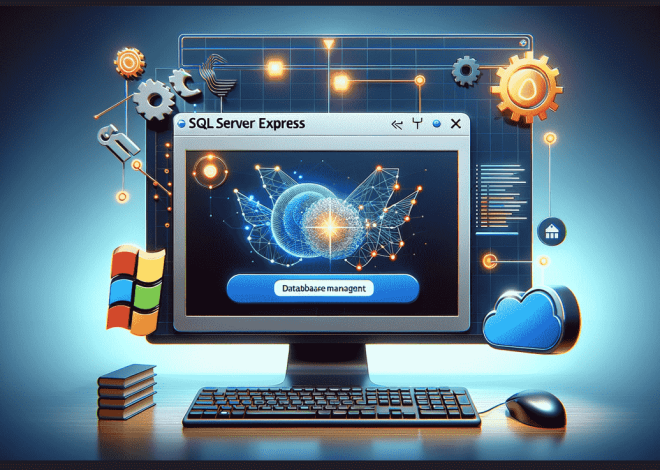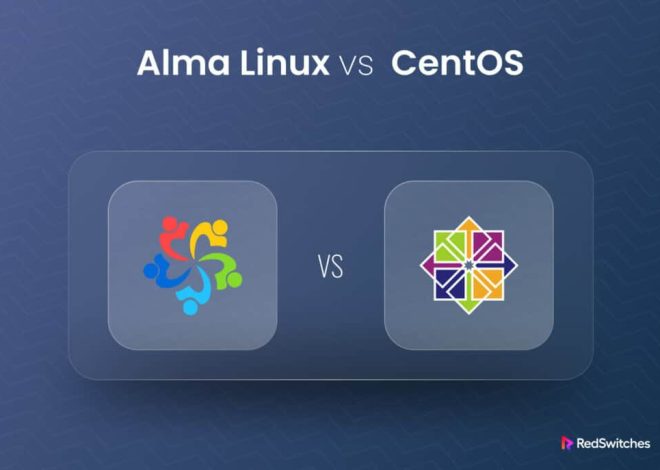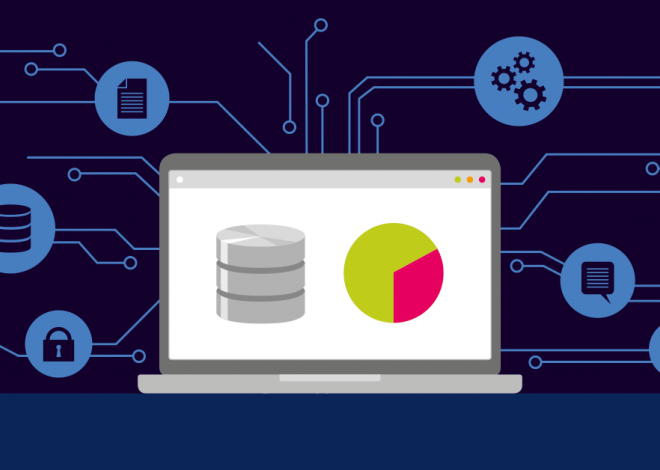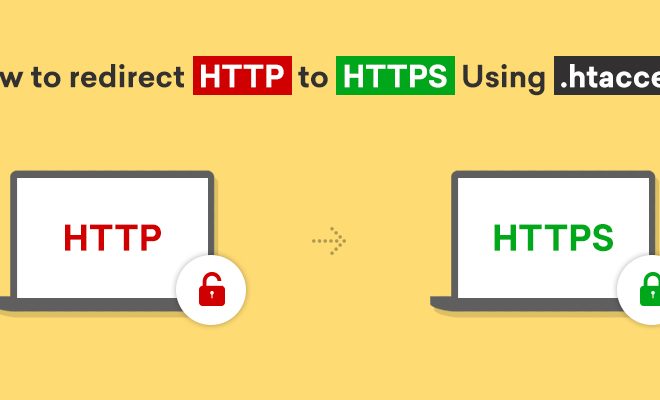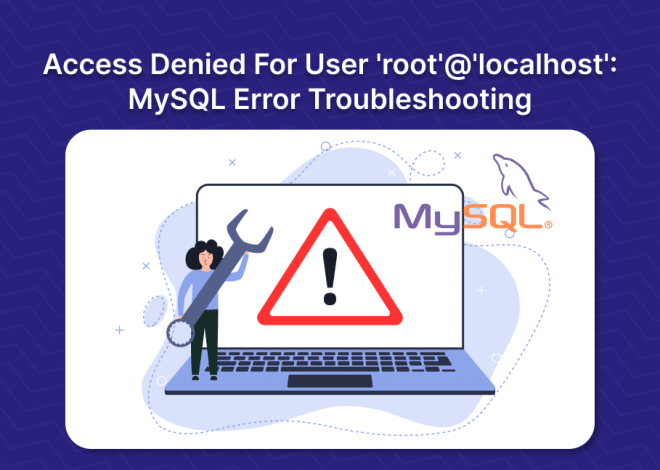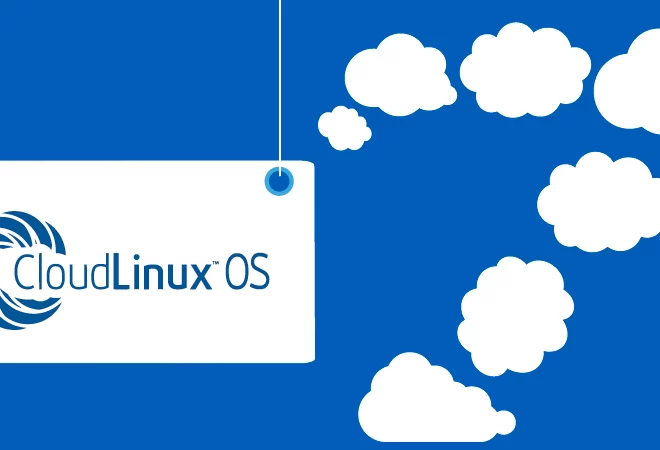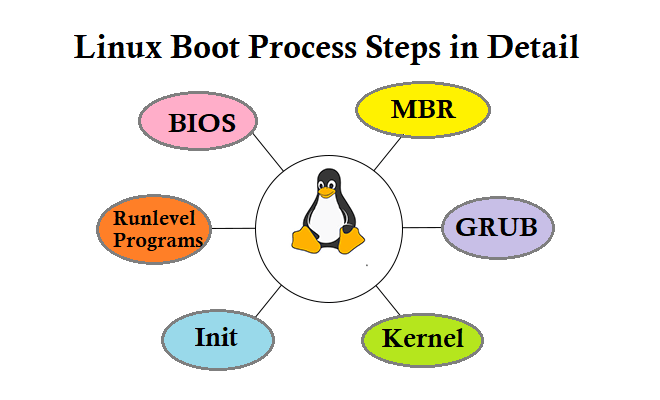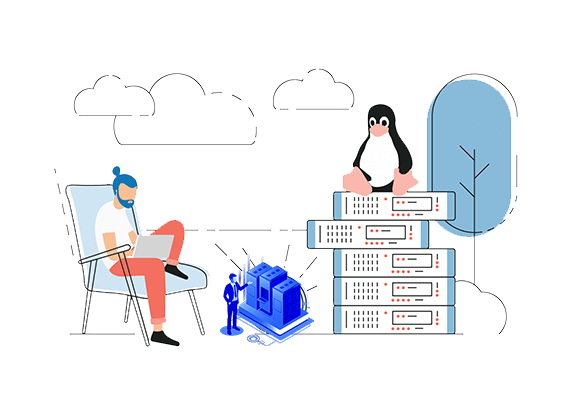Control Panel
DirectAdmin is a graphical web-based web hosting control panel allowing administration of websites through a web browser. The software is configurable to enable standalone, reseller, and shared web hosting from a single instance.
How to install SQL Server Express edition 2019
Introduction The last several versions of Microsoft’s SQL server have seen the introduction of a number of new features. However, not all users will find these necessary, and many may wish to turn to the more lightweight SQL Server Express instead. What is SQL Server Express edition? SQL Server Express is a free and feature-limited […]
CentOS vs AlmaLinux: A Comparison
AlmaLinux is a relatively new operating system meant to act as a CentOS replacement. How did AlmaLinux come to be? RedHat, the company that created and maintains RedHat Enterprise Linux (RHEL), announced on December 8th, 2020, that CentOS would be repurposed to CentOS Stream. CentOS Stream now acts as an upstream testing platform where new […]
What is phpMyAdmin? Advantages & Disadvantages
PhpMyAdmin is a web-based tool for managing and administering MySQL databases. It provides a user-friendly interface that allows users to perform various tasks such as creating, modifying, and deleting databases, tables, and records. With PhpMyAdmin, users can execute SQL queries, import and export data, manage user privileges, and perform other essential database operations. It is […]
What Is PHP? A Definitive Guide
PHP is a common language that many companies use to create the back-ends of their websites. It has many applications that make it an ideal language for different projects. Reviewing the basics about Hypertext Preprocessor and its uses can help you determine if it’s a wonderful language for you to learn to advance in your […]
How to redirect HTTP to HTTPS Using .htaccess
Chrome and Firefox have started showing insecure warnings on sites without SSL certificates. Without SSL, your website will show insecure to the visitors. Therefore, using an SSL-encrypted connection for safety, accessibility or PCI compliance reasons is necessary. It becomes very important to redirect from HTTP to HTTPS. What is SSL? SSL (Secure Sockets Layer) is […]
How to Fix Access Denied for User ‘root’@’localhost’ in MySQL
In MySQL, encountering the “Access Denied for User ‘root’@’localhost’ “ error typically occurs when there is an issue with the user privileges or incorrect credentials. This article explores the step-by-step process to troubleshoot and fix this error. To solve the “Access Denied for User ‘root’@’localhost’ “ error, try resetting the root password or granting certain […]
Features and benefits of CloudLinux OS
CloudLinux is a hosting-oriented Linux distribution based on CentOS. It is a commercially supported Linux operating system that can be interchangeable with CentOS. It was released in 2010 and is a must-have for any web host who cares about stability, security, and flexibility. CloudLinux is a favourite among web hosting providers who focus on providing […]
How to Protect Your Website With cPanel
cPanel is one of the most used web hosting control panels around the world, where a new cPanel account is created every 14.5 seconds. Webmasters and web hosts use this tool to manage their website and web hosting account. A Linux-based administration system, the cPanel is targeted by hackers and cybercriminals because of its popularity. […]
Linux Boot Process Step-by-Step Explained
When we click the power button of our system, several processes are executing in the background. It’s very important to understand the booting process to learn the working of an operating system. It’s a must to understand how the Linux kernel boots to resolve the booting error. It is a very curious topic to know, […]
What Is Linux VPS Hosting And Benefits Of It
If you have a high-traffic website, or at least expect to see high traffic in your website in the future, you may be interested in getting information about what Linux VPS is and its benefits. If you want to have more control over what is installed on your web host’s server, the Linux Virtual Server […]

